Fire Alarm and Fire Sprinkler working together
Fire Alarm and Fire Sprinkler working together
I always get a good laugh when I'm watching a movie and they show all the sprinkler heads in a building spraying water all at once. Even better is when they show someone pull a fire alarm pull station and all the sprinklers start spraying. I'll do my best to give the Hollywood writers some basic education on how these two systems work, so they can make it more realistic the next time they include these in a movie.
Fire Sprinklers - most people immediately think of a wet (water) system, which are the most common. These are designed to apply an engineered amount of water on the spot of a fire once enough heat is applied to one sprinkler head. Each head has a small disk of soft metal holding back the water, which melts once it reaches approximately 160 degrees. Once that soft metal melts, the water is released onto an area only covered by that one head. No other heads will release water unless the fire spreads and their metal disk also melts to release water. In the case of a very large fire, the fire department can connect to the fire department connection (FDC) and add pressure/water to the sprinkler system from their pumper trucks. The only real connection that the fire sprinkler system has with fire alarm is the strobe light, horn/strobe, or (on older systems) bell above the FDC that indicates water flowing in the sprinkler system. Fire sprinklers are designed to slow or stop the SPREAD of a fire that's already burning.
Fire Alarm - automatic fire alarm systems are designed to sense smoke, heat, or flame before fires get large enough to need the fire sprinklers. In the case of smoke detection, this could happen even before there are flames. Smoldering fires produce a lot of smoke, but may not produce a flame for quite some time later. Fire alarm systems are designed to get the people out of the building as soon as possible before a fire gets to a dangerous size. Fire alarms that are monitored by a 24-hour central station also have the ability to automatically call the central station and report their condition. Fire alarms today supervise many other devices in a building, including the water flow and tamper switches of the fire sprinkler system. Systems can supervise and send signals for CO detectors, temperature sensors in pipe rooms or boiler rooms, elevators, fire pumps, fire fighter phone systems, HVAC controls, and many more.
The biggest difference between the two systems:
Fire sprinklers are designed to limit the spread of fire and protect property (ask your insurance agent).
Fire alarms are designed for early detection and getting people out of a fire situation with those annoying horns and strobe lights.
BOTH systems help save thousands of live every year.
BOTH systems are required in new construction of commercial buildings (with local AHJ approval).
Understanding these systems and how they can help you and your residents/occupants is the key to getting the most protection from both systems.




